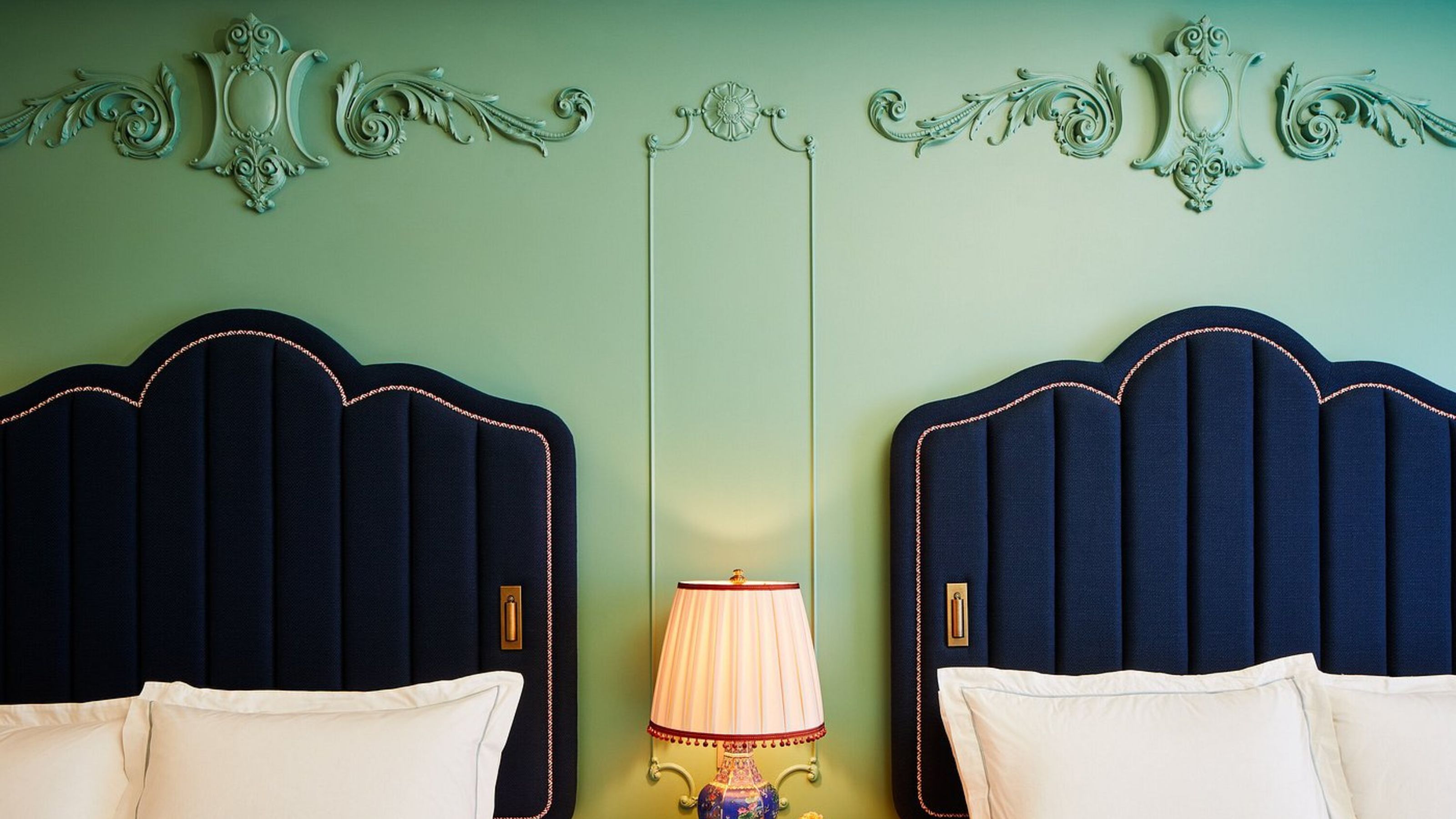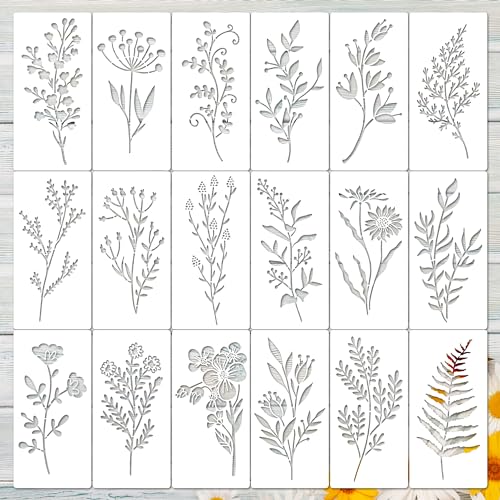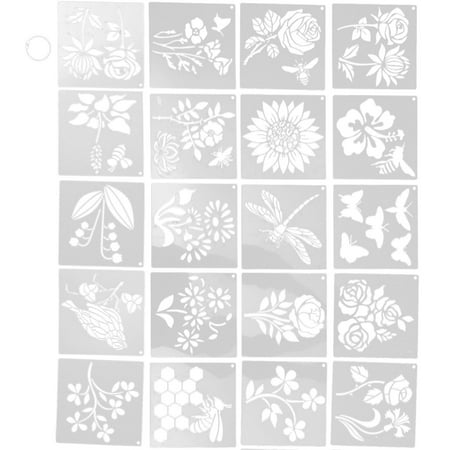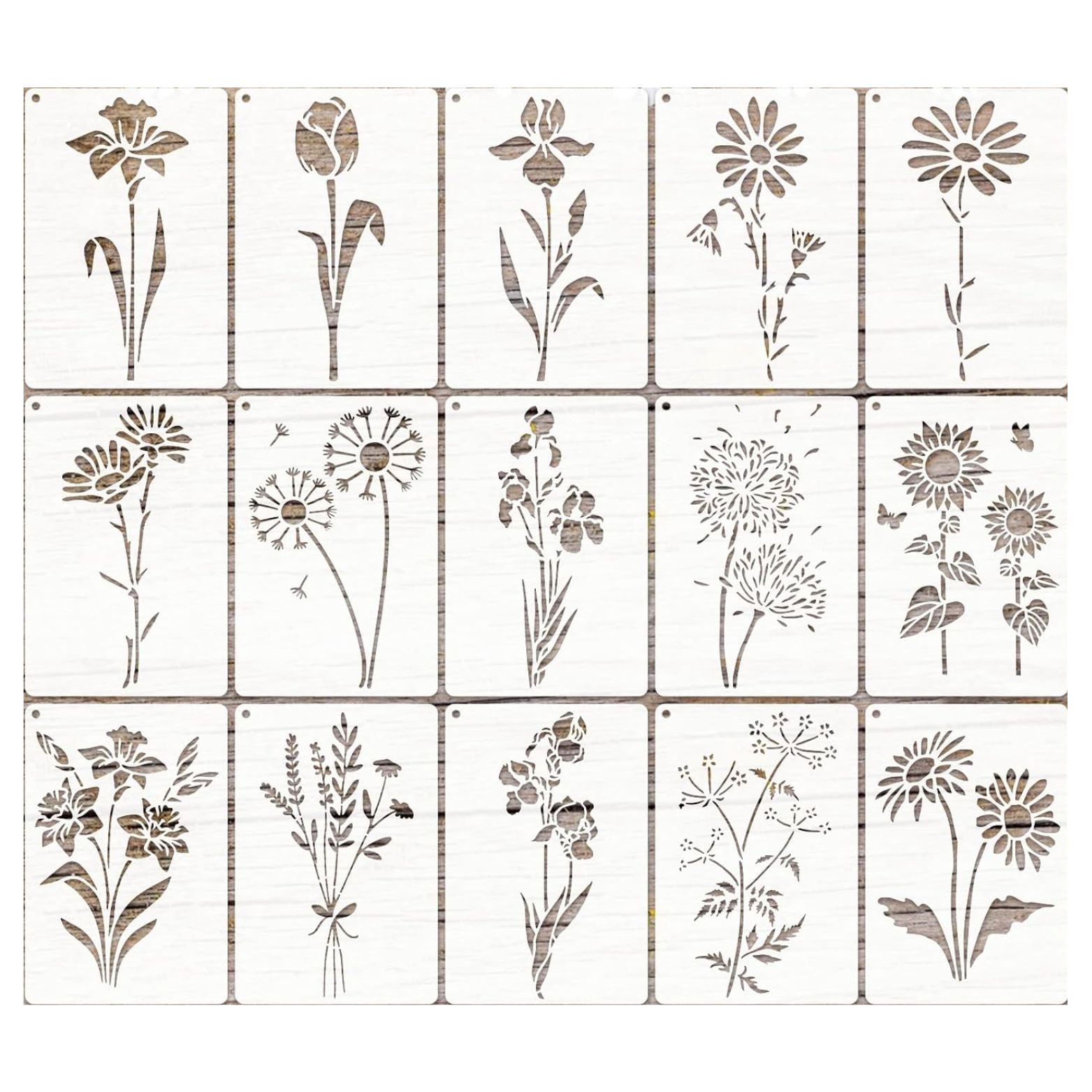Accent Walls Are Out, But We Predict This Wall Detail Will be Everywhere in 2025 — And It's Easy to DIY
Bas-relief is an ancient artistic technique that lets "the wall become the feature rather than a backdrop" — here's what you need to know


We all know accent walls are out, but what about wall accents? Well, now you're talking. It feels like a trend that sits perfectly between minimalism and maximalism. "Bas-relief," as it's known, is by no means a new thing — the artistic carving technique is an ancient art form — but it perfectly blends current interior design trends, including eye-catching wall murals and sculptural crown moldings, making it ever-so-now.
While the official form is highly skilled and technical, I've even been able to find a simple DIY so you can 'get the look for less' at home.
So, here's everything you need to know about the "bas-relief" trend, including how to style it, and how to easily DIY it.
What is 'bas-relief'?

"Bas-relief" is an artistic technique that creates raised, sculptural carvings on a flat backdrop or wall. The earliest iterations can be traced back to pre-historic cave drawings, but it is perhaps most synonymous with the Italian Renaissance period.
Interior designers Emil Humbert and Christophe Poyet, from Parisian design studio Humbert and Poyet, describe how bas-relief "enhances the 'wallpaper effect' by adding texture and depth to the walls, transforming a flat wall into a three-dimensional piece of art."
How to DIY a 'bas-relief' wall accent
While incorporating a true bas-relief the size of the wall may feel a bit extravagant to imagine within the everyday home, I've found a much more subtle DIY option that feels like you capture the same style, on a much more achievable scale (and budget).
All you need is plaster, paint, and a stencil. Much like the stencil paint DIY I shared with you recently, this plaster technique offers a whimsical alternative to wallpaper, with arguably much less effort, and a more subtle effect.
The Livingetc newsletters are your inside source for what’s shaping interiors now - and what’s next. Discover trend forecasts, smart style ideas, and curated shopping inspiration that brings design to life. Subscribe today and stay ahead of the curve.
Simply place your stencil on the wall, swipe with spackling paste ($7.12 from Amazon), and let it dry. Whether you paint it after or leave it as is, is up to you.
A post shared by Jen Lucas (@jen_sohl)
A photo posted by on

Price: $9.99
Quantity: 18pcs

Price: $5.26
Quantity: 20 pcs

Price: $12.99
Quantity: 15 pcs
How to style a 'bas-relief' wall

Emil and Christophe incorporated a bas-relief work in their Beefbar Doha project, where a foliage-inspired design seemingly grew across the space's walls in a mural-like manner. The look "elevates a space by introducing a sense of grandeur and artistry," they say. "The wall becomes a feature rather than a backdrop."
As for styling bas-relief designs in your own home, lighting is the most important consideration. Though this trend acts as an alternative to wallpaper, it needs to be treated a bit differently.
"Lighting is crucial for a bas-relief as shadows can enhance the depth that is created," says Emil. He adds that when light and shadow interact with the raised texture design, "it creates movement and can lend the room a lux feel."
A cozy lighting scheme works best. Placing soft, rather than harsh accent lighting near the wall will help the light reflect off the design and give the room a chic, mellow mood.
Christophe adds that "minimal, elegant furnishings that won't compete with the intricate detailing of the relief" are the best way to create a harmonious balance with this design.
So, the bas-relief is a trend that feels like wallpaper's newest and toughest competitor come 2025. The textured look puts your wall center stage, without overwhelming the space. Will you be embracing this DIY anytime soon?

Olivia Wolfe is a Design Writer at Livingetc. She recently graduated from University of the Arts London, London College of Communication with a Masters Degree in Arts and Lifestyle Journalism. In her previous experience, she has worked with multiple multimedia publications in both London and the United States covering a range of culture-related topics, with an expertise in art and design. At the weekends she can be found working on her oil paintings, reading, or antique shopping at one of London's many vintage markets.